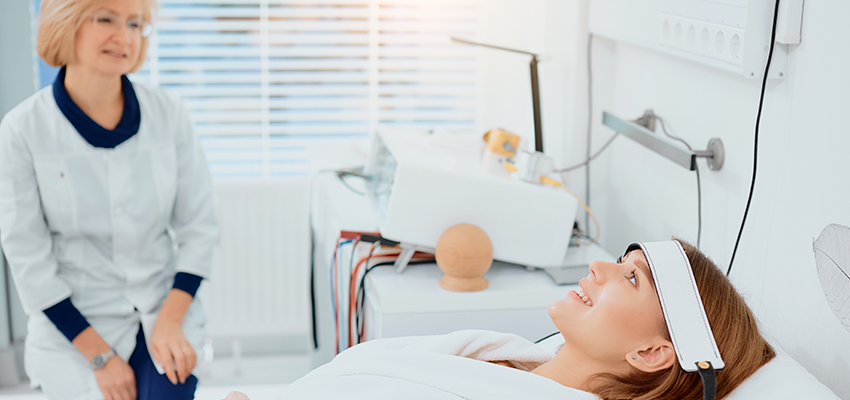What to Expect During a Sleep Study at a Sleep Lab

Sleep Studies
Sleep studies can be vitally important in helping you get a handle on a range of sleep problems, from insomnia to narcolepsy to sleep apnea. If you doctor recommends a sleep study, here’s what you can expect.
A sleep study is painless, and you should feel fairly comfortable and at ease throughout the process. Most hospitals and sleep centers that conduct sleep studies are set up to look similar to a hotel room, so that you will feel “at home” enough to sleep normally.
Your experience will vary depending on the type of sleep test you will be undergoing. Here are a few of the most common, and what each test entails:
- Polysomnography: Two elastic belts will be wrapped around your stomach and chest to measure breathing and chest movement during your sleep. Electrodes (sticky patches with embedded sensors) will be applied to your scalp, chest, arms, legs, face, and one finger. These electrodes will measure brain activity, heart rate, blood pressure, heart rate, and even the amount of oxygen in your blood as you sleep. Each electrode is connected to thin wires, and these wires are bundled together so they don’t disturb your comfort.
- Maintenance of Wakefulness Test: During this type of sleep study, usually done the day after polysomnography, you can expect to spend most of the day at the sleep center. Electrodes will be placed on your scalp, face, and chin to help specialists determine when you are awake and when you are asleep. You will sit quietly on a chair, looking straight ahead, and try stay awake. These tests usually include four trials, lasting about 40 minutes each, with about a 2 hour break between trials.
- Multiple Sleep Latency Test: This nap study tests how quickly you fall asleep in quiet daytime situations. It’s an easy way for sleep specialists to measure daytime sleepiness and diagnose excessive sleepiness, so it is an ideal way to diagnose narcolepsy. Like the Maintenance of Wakefulness Test, it usually takes place the day after a nighttime sleep test, and uses sensors placed on the face, scalp, and chin. Each trial will last 20 minutes, and during that time you’ll be asked to try to fall asleep in a comfortable bed. After sleeping for 15 minutes, you’ll be awakened. Between trials, you’ll be asked to stay out of bed and awake.
The technicians who administer your tests usually can’t give you the results; these must be analyzed by a physician before a diagnosis is reached. You’ll have a separate doctor’s appointment to discuss the results of your studies and the next steps for treatment.
Sleep studies aren’t painful, and can actually be quite pleasant. Go into each trial in a relaxed frame of mind, and you’ll have the best chance of showing clinical testresults that mimic your usual sleep habits.
Author Bio: +Michelle Gordon is a sleep expert who researches and writes about sleep and health, and is an online publisher for the latex mattress specialist Latexmattress.org.


